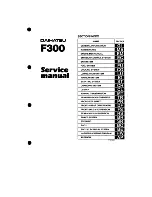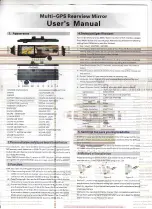
115
KNOWING
YOUR VEHICLE
SAFETY
STARTING
AND DRIVING
WARNING LIGHTS
AND MESSAGES
IN AN
EMERGENCY
MAINTENANCE
AND CARE
TECHNICAL
SPECIFICATIONS
CONTENTS
F0U112Ab
fig. 112
All child restraint devices must bear the type-approval
data, together with the control mark, on a label firmly
fixed to the seat which must never be removed.
Over 1.50 m in height, from the point of view of
restraint systems, children are considered as adults and
wear the seat belts normally.
GROUP 0 and 0+
Babies up to 13 kg must be carried facing backwards on
a cradle seat, which, supporting the head, does not
induce stress on the neck in the event of sharp
decelerations.
The cradle is held in place by the car seat belts fig. 112
and in turn it must restrain the child with its own belts.
CARRYING CHILDREN SAFELY
For optimal protection in the event of a collision, all
passengers must be seated and wearing adequate
restraint systems. This is even more important for
children. This prescription is compulsory in all EU
countries pursuant to Directive 2003/20/EC. Compared
with adults, a child’s head is proportionally larger and
heavier than the rest of the body, while muscles and
bone structure are not fully developed. Therefore,
correct restraint systems are necessary which are
different from adult seat belts. The results of research in
relation to the best protection for children is
summarised in European Regulation CEE-R44, which
divides the restraint systems into five groups in addition
to making their use compulsory:
Group 0
up to 10 kg of weight
Group 0+
up to 13 kg of weight
Group 1
9-18 kg in weight
Group 2
15-25 kg in weight
Group 3
22-36 kg in weight
As you can see, the groups overlap partly and, in fact,
there are devices on sale that cover more than one
weight group.
















































